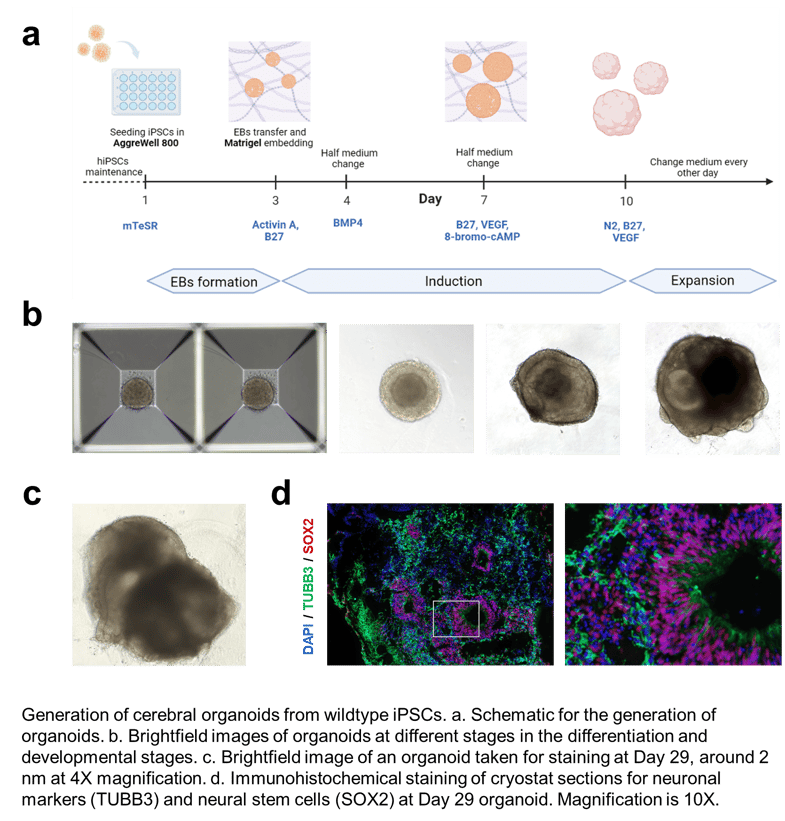Our Research

We investigate how infectious diseases, namely Zika virus, affect the developing brain and how candidate genes regulate prenatal viral clearance and neuronal survival. To achieve this, we use three unique and synergistic models, including cell and tissue culture models, preclinical models, and population gnomic and public health systems.
Experimental Systems

Cell and Tissue Culture Model
We use induced pluripotent stem cells, neural stem cells, and cerebral organoids to understand how human cells respond to a viral infection. We use these systems primarily to identify the key downstream regulatory pathways and cellular responses that regulate viral clearance and how infected cells are injured.

Pre-Clinical Model
We developed an immunocompetent prenatal pre-clinical model that replicates the type of brain injury seen in children infected with Zika virus. This system allows us to evaluate neuronal and placental histology and correlate these findings with developmental outcomes after birth. We evaluate outcomes by performing neurobehavioral testing for motor, social, and cognitive function.

Populational Genomics System
We work closely with the Prenatal Infection and Neurodevelopmental Genetics (PING) Consortium to understand how genetic variants in people affect the risk for brain injury. Combined with the model systems above, we can synergistically identify new genes that might contribute to risks and evaluate known genes of interest. Further, in collaboration with the PING Consortium, we are looking to investigate public health modifiers of prenatal viral infection, brain injury, and long-term outcomes.
